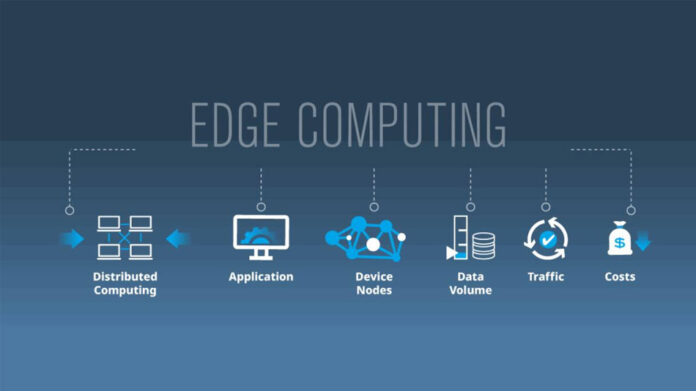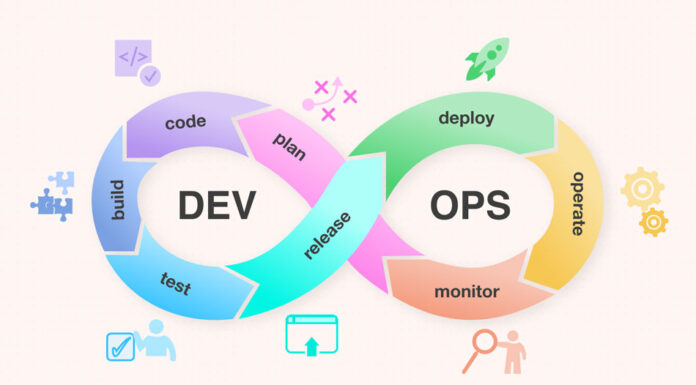Table of Contents
In today’s interconnected world, the Internet of Things (IoT) has transformed how we interact with technology and the world around us. With the vast network of interconnected devices and systems, the potential for leveraging data through Edge Computing has become a game-changer. By processing data at the edge, IoT devices can respond faster and mitigate issues more efficiently. Edge Computing brings the power of local data processing, reducing latency and enhancing the end-user experience. Let’s explore the potential of IoT Edge Computing and its impact.
Understanding IoT Edge Computing
IoT Edge Computing brings computational capabilities and intelligence closer to the devices and sensors in the IoT ecosystem. It involves deploying edge devices such as gateways or routers in proximity to IoT devices. The primary advantage of IoT Edge Computing lies in resolving latency issues, saving time, enhancing safety, and delivering a seamless end-user experience. It enables real-time analytics, faster and more reliable services, and lowers operational costs.
The Impact of Edge Computing on the IoT Market
The global Edge Computing market size was valued at $40.49 billion in 2021 and it continues to grow rapidly. As the number of internet-connected devices increases, the amount of generated data grows exponentially. While cloud computing is essential for IoT development, it may not meet the expectations for faster data processing. Storing and accessing large volumes of data in the cloud can also be expensive. Edge Computing Software offers an alternative by processing data closer to the source, providing real-time insights, and improving the efficiency and cost-effectiveness of IoT solutions.

Use Cases of Edge Computing in IoT
The combination of IoT and Edge Computing has paved the way for numerous real-time applications. Here are a few notable examples:
- Smart Homes: With the increasing number of IoT devices in households, Edge Computing eases the strain on service provider networks and ensures real-time responses and privacy.
- Healthcare: Edge devices within hospitals can analyze data from medical devices, wearable devices, and doctor’s offices, enabling critical decisions without the need to move data to a centralized location.
- Autonomous Vehicles: Edge Computing resolves latency issues for autonomous vehicles by allowing real-time analysis of data and ensuring continuous connectivity. It aids in traffic management, enabling vehicles to navigate paths with minimal congestion.
- Security: Edge Computing enhances security by enabling real-time monitoring and scanning, allowing instant responses to security violations and ensuring seamless business operations.
- Industrial IoT: Edge Computing integrated with IoT sensors facilitates real-time monitoring of industrial machinery, identifying issues before potential disasters occur.
IIoT Edge Computing: Enhancing Industrial Environments
IIoT Edge Computing specifically applies edge computing principles and technologies to industrial environments. By processing, analyzing, and acting upon data generated by industrial IoT devices, sensors, and machines, IIoT Edge Computing enables real-time decision-making within manufacturing, energy, transportation, and other industrial sectors.
Imagine an airplane with numerous sensors producing terabytes of data during a flight. It would be impractical to upload all that data to the cloud for analysis and decision-making while the flight is in progress. By integrating IoT devices with Edge Computing, critical decisions can be made in real time without relying on cloud connectivity.
Benefits of Edge Computing For IIoT
Edge Computing brings several benefits to the industrial IoT environment, including:
- Security & Reliability: Edge Computing splits the security risk between edge devices and the cloud, providing better reliability and availability with reduced dependency.
- Scalability: With a distributed model, edge computing allows for seamless scalability without costly shutdowns of critical operating resources.
- Better Bandwidth Utilization: Edge Computing reduces communication time and improves bandwidth utilization, making it ideal for time-sensitive decisions and measurements. It solves network latency issues, improving response time for IIoT applications.
Conclusion
Edge Computing revolutionizes the industrial IoT by reducing latency, enhancing efficiency, improving reliability, and ensuring data security. It sets the stage for integrating AI and machine learning capabilities, enabling predictive maintenance, autonomous systems, and optimized resource allocation. The growth potential of IIoT and Edge Computing is significant, playing a crucial role in transforming industrial operations through real-time data processing, advanced analytics, and localized decision-making at the edge of the network. Stay ahead of the curve and embrace the power of Edge Computing in IoT.















